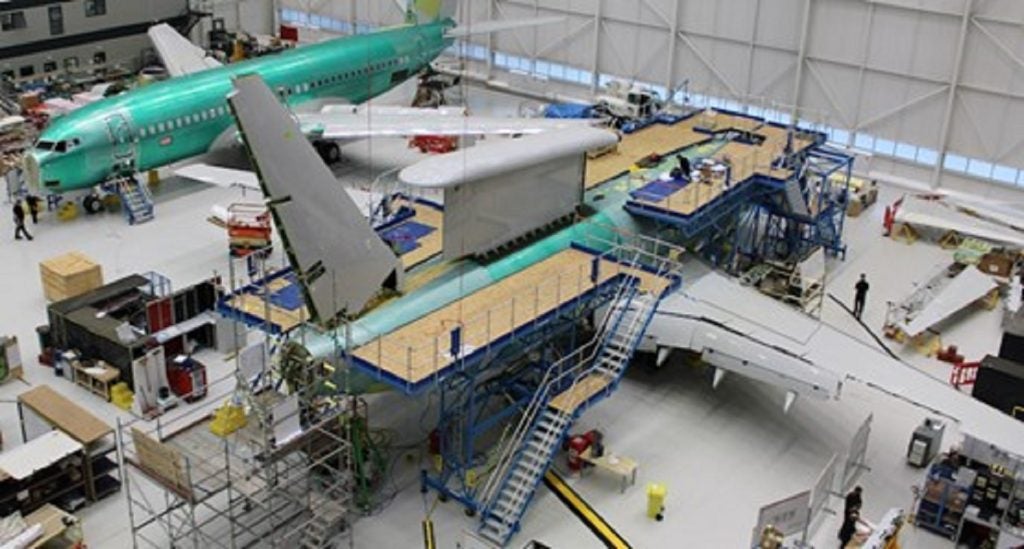The UK Defence Committee’s latest report Aviation Procurement: Winging It?, published on 10 September, suggests that the size of the Royal Air Force (RAF) is undergoing a period of terminal decline in which the reduced induction of new aircraft does not offset for the growing number of platforms due to retire from service.
In his resignation letter, the former UK Defence Secretary Ben Wallace implored British Prime Minister Rishi Sunak, warning him that “We must not return to the days where defence was viewed as a discretionary spend by government and savings achieved by hollowing out.”
The Committee, in its report published only 12 days later, is under the impression that “the RAF has not been immune from the hollowing out of the Armed Forces.”
“We have been particularly struck by the MoD’s [UK Ministry of Defence] apparent willingness to accept capability gaps as a way of balancing the budget,” the report continued.
Committee perspective on a dwindling force structure
The report reminds us that "there is a fine balance to be struck between reliance on Nato and sovereign capability."
When it comes to combat air, the Committee notes that the MoD will retire its 30 Tranche 1 Typhoon fighter jets by the end 2025, shortened in the Defence Command Paper Refresh from its original retirement year in 2030.
Simultaneously, GlobalData intelligence tells us that the RAF operates 23 F-35B units. The Committee report also suggests that the “Force growth rate of the UK’s F-35 fleet has so far been slower than planned.”
Similarly, the retirement of the E-3D Sentry has left the UK without a land-based fixed-wing Airborne Early Warning And Control capability. The MoD has already extended this capability gap as the in-service date for the Sentry’s replacement, the E-7A Wedgetail, has slipped by a year.
Moreover, when the Wedgetail does eventually enter service, it will be as a reduced fleet of just three aircraft rather than the five originally ordered.
Is the UK MoD on the right path?
The MoD is prioritising integration and organised military planning when acting as a joint force. Compared with how the MoD usually operates, this is a much-needed change of culture.
“Well, I don’t think it’s just about having more planes than the other side, I don’t think it necessarily means being more technologically advanced than the other side, although very obviously both of those things help,” the Minister of the Armed Forces, James Heappey stated at the Chief of the Air Staff’s Air and Space Power Conference in July.
“Because in Ukraine what we have seen is this amazing ability where if you apply military planning, and you bring together these systems and things, some of which are third generation, some fourth, some might be touching on fifth, highly complex weapons while along less sophisticated platforms… But all wrapped up in highly sophisticated decoys… actually, what you see is that the sum of the system is often greater than its parts.
“Our tendency, I fear, when we look at procurement policy, certainly in the UK MoD, is the shopping list that comes up is all about individual platforms. Very, very rarely is it about the thing, the glue, the grease that makes the system work and brings together all those platforms because that’s where the overwhelming effect comes.”
As realistic as this position may be in the long-term, when the MoD will look to integrate new emerging technologies and systems, such as when the quantum revolution hits, the RAF still faces the problematic question: what about the here and now?
At the same conference another panelist, Professor Justin Bronk, Senior Research fellow in Airpower and Technology at the Royal United Services Institute warned of a tight timeframe that places the UK in a precarious position in the short-term.
With the US military desperately stretched against the Chinese threat in the Indo-Pacific, they will be less able to defend their allies in the 2026 to 2028 timeframe.
“[The US] are going to be pulling [equipment] out of Europe not putting it back in.”









